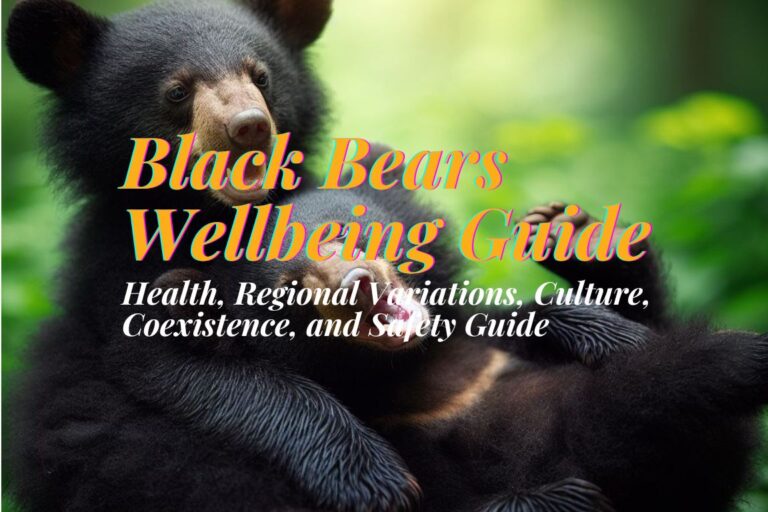How to Make a Robins Nest? Amazing Information
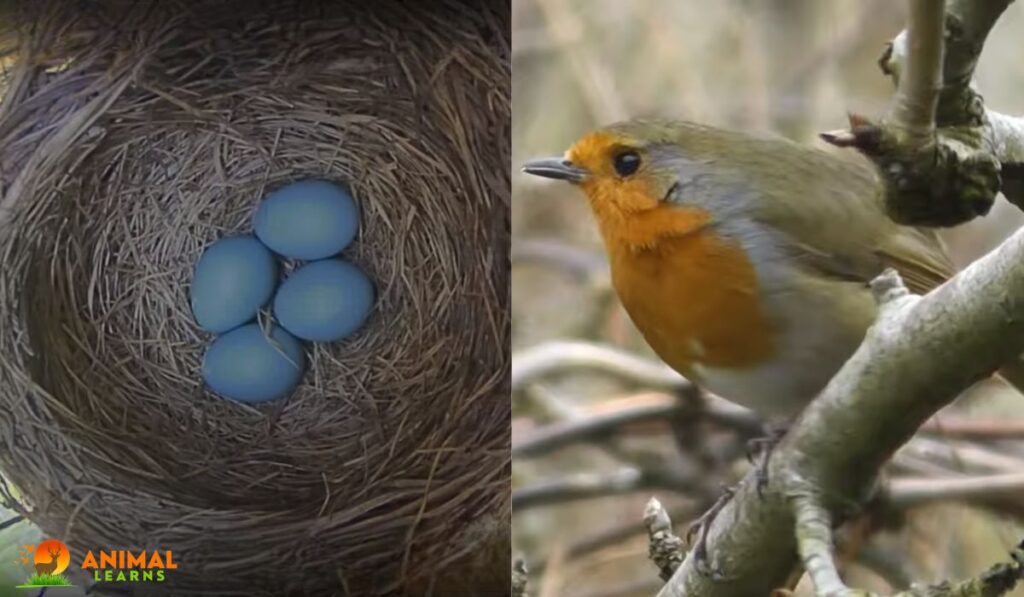
Nestled among the vibrant foliage of the forest, the Robins Nest exudes tranquility, offering a haven for weary robins seeking solace in nature’s embrace.
Every living thing needs a home in which it builds itself. In the same way, robins also build their own nest, where they lay eggs and reared their young.
In North America, robins make a nest twice or thrice a year. Robins are skilled birds who build their nests. Research shows that these birds live up to 12 years. They build about 20 to 30 nests during this lifespan.
Robins does not require any written instructions for building summer residences. They know better how to build a nest site to collect the eggs, which they are collectors because the composition of the nest they build is already there in their mind. The nests of all robins are almost identical.
Where Do Robins Build Nests?
Contents
They construct their nests on ledges or trees. Additionally, robins build their nests on windows and corners. With the exception of the warmest southern regions, robins make nests in Canada and Alaska.
They may decorate the outside of their nests with flower petals, cotton cloth, and paper pieces. Although these items appear to be just ornamental, they also act as camouflage by breaking up the black contour of the nest and improving its ability to mix in with the uneven patches of light and darkness.
How to Build a Robin’s Nest
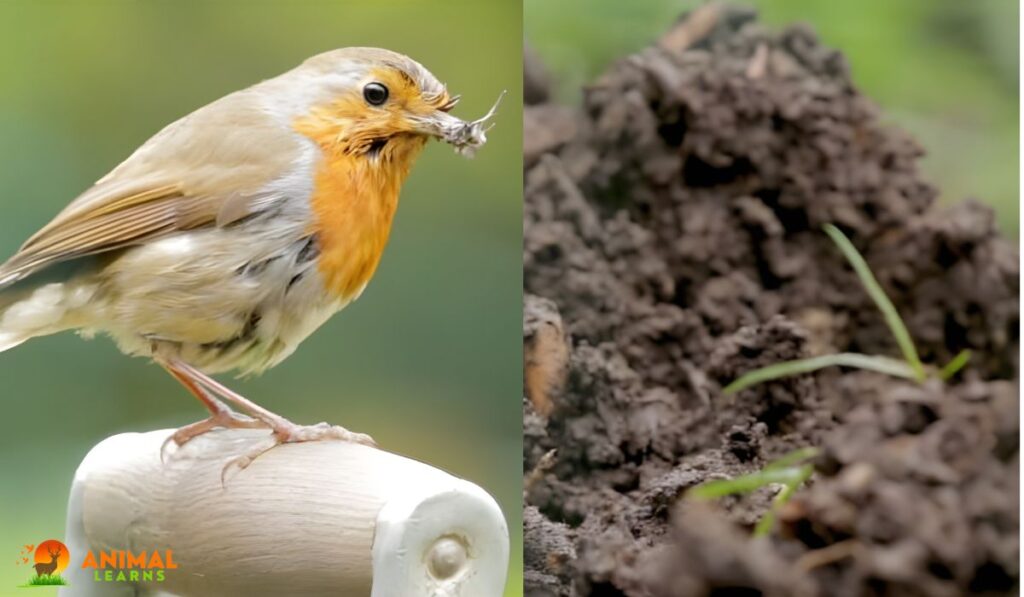
Location
Rubens tries to find a place that is safe from sun, air, and rain because they don’t want to lose their nests and children. Robins finds a place where food and water can meet easily.
Select a location that is difficult for predators to observe. Keep in mind that you will be sitting here with your eggs and offspring for the next five weeks, so choose a location that is cool, cozy, and safe.
Materials
Gather around 350 dried grass fibers and tiny, six-inch-long twigs. There should be around 135 grams in the mound of twigs and grass.
Take several hundred beakfuls of mud back and forth to your nest site after a heavy downpour. (If you’re a person instead of a robin, you could use your hands as a beak to gather the mud, but keep in mind that it takes two robins hundreds of trips to construct the nest.)
Building a Sturdy and Cozy Robin Nest
Weave the grasses together, using mud to bind them to the supporting limb or windowsill as well as to one another. Next, form the nest into the ideal baby cradle by using your belly. Lastly, to ensure that the eggs stay warm and are not punctured by thorns or sharp grass edges, line the inside with the softest grasses and hairs you can locate.
The nest needs to be big enough to accommodate four or even five HUGE nestlings, but it also needs to be small enough to cradle the eggs and retain your warmth.
When you are done, the dried weight of your nest should be around 205 grams. (It will obviously weigh more when the muck is moist.) It’s a thick nest, this. However, your nest needs to be quite sturdy because four nestlings combined might weigh up to 280 grams before they go!
Soft Touches for Chicks
Ultimately, the robin uses the softest materials available to line the inside of the nest. This builds her future eggs and chicks a cozy and warm cradle.
Characteristics and Development of an Ideal Robins Nest
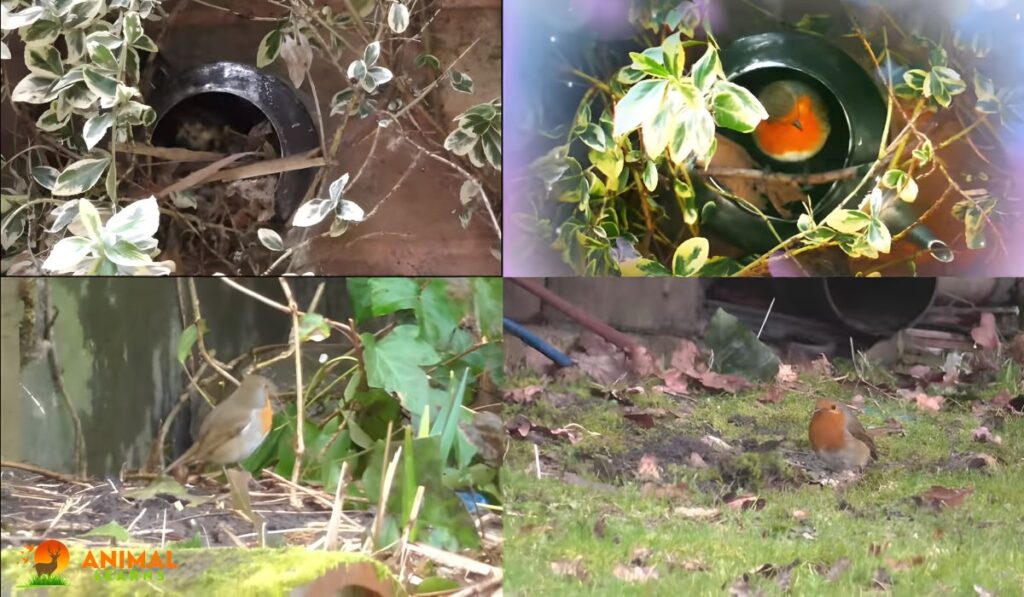
The ideal robins nest should resemble a cozy cradle with space for you, the mother robin, to curl up and incubate your young. It should also keep the eggs and youngsters dry, warm, and safe. It weighs roughly 77 grams. When they are first deposited, each of your eggs weighs around 6.3 grams. At hatching, each infant weighs 5.5 grams.
The following nine to ten days will see the infants develop enormously. A few days prior to fledging, they will weigh at least 70 grams before they begin to lose weight.
Luckily, it won’t get too crowded by the end of the first week as you (Mom Robin) may sleep on a neighboring limb instead of with the babies—unless it rains. You have to sleep on top of the babies to keep them dry when it rains.
Robin Nest Timeline
| Day | Event |
| Day 1 | Female robin begins building her cup-shaped nest out of twigs and grass with a mud base. |
| Day 8 | The female lays fourth egg. Female commits to incubating. |
| Day 9 | The female lays the fourth egg. Female commits to incubating. |
| Day 10 | The female lays second egg. |
| Day 11 | The female lays the first egg. |
How Long Do Baby Robins Stay in the Nest?

It normally takes 13 days or so to care for a young robin in the nest, plus additional days after it fledges. The young are fed by both parents. A hungry family is provided with 100 to 150 meals a day to the nest by a couple of American robins. In a single day, a newborn robin may consume its body weight in berries, worms, and insects.
I hope the information about your robins nest must have increased, and this post will be very useful for you.
Photos of Robin Nests

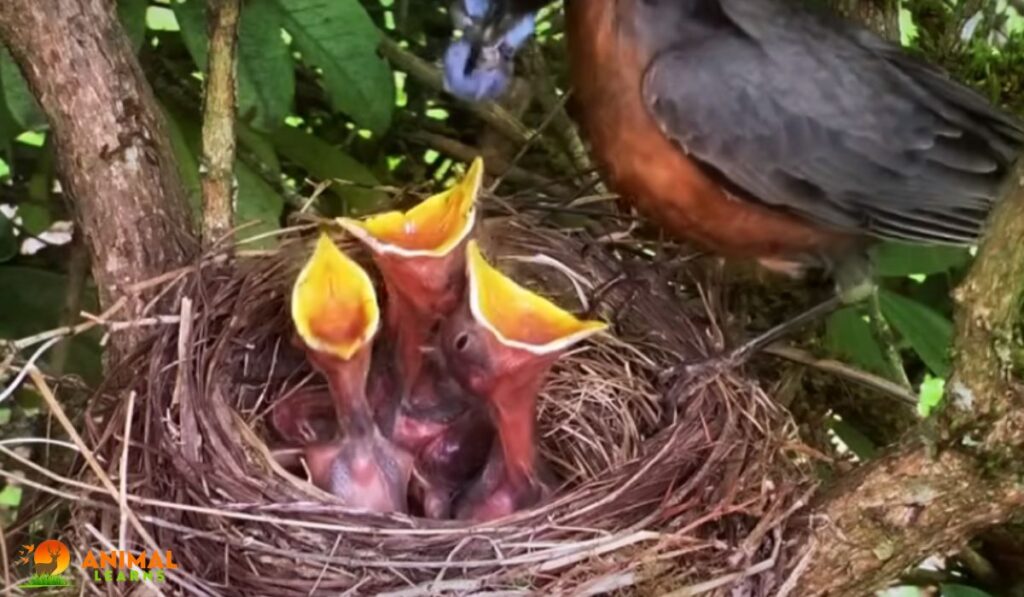
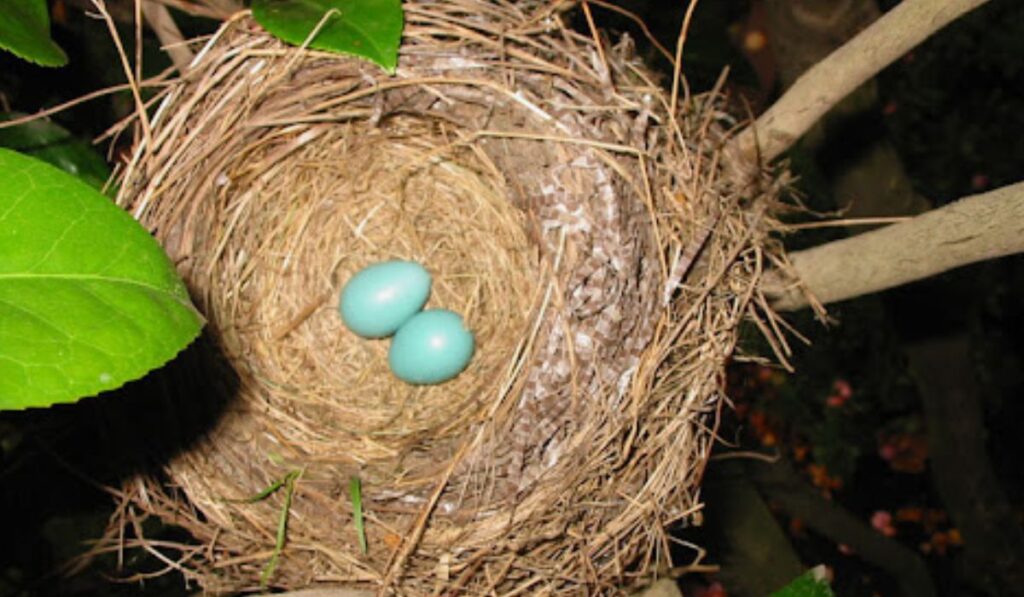

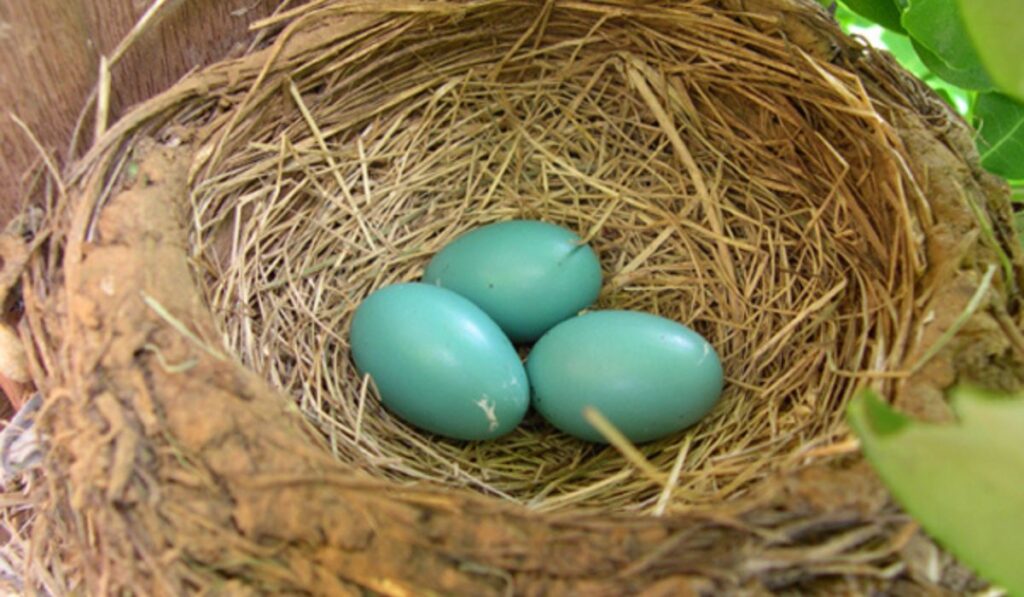
FAQs
How long does it take for a robin to build its nest?
Typically, it takes around 2 to 6 days for a female robin to construct her nest.
How many eggs does a robin lay in its nest?
Robins usually lay a clutch of 3 to 5 eggs, with the average being around 4 eggs per nest.
How long does it take for robin eggs to hatch?
Robin eggs typically hatch after an incubation period of about 12 to 14 days.
Do both male and female robins incubate the eggs?
No, typically only the female robin incubates the eggs, while the male may help with feeding her during this time.
How long do baby robins stay in the nest?
After hatching, baby robins remain in the nest for approximately 13 to 15 days before fledging, or leaving the nest.









